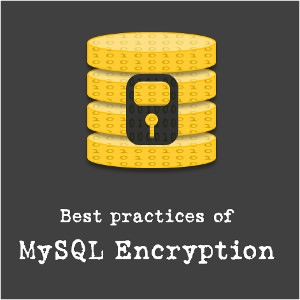SQL Server: Improving Storage Subsystem Performance

Pluralsight
Course Summary
This course shows how to properly configure SQL Server storage for the best performance, scalability, and reliability with several different types of workloads, and how to measure your storage performance.
-
+
Course Description
Storage subsystem performance can often be the biggest factor affecting a SQL Server workload. This course, SQL Server: Improving Storage Subsystem Performance, shows you how to detect and correct important and common storage misconfiguration issues with SQL Server. You'll get to see how to measure and analyze storage subsystem performance, as well as and how to change SQL Server configurations for the best performance. You'll also get to see common RAID levels and how to choose an appropriate one for the SQL Server workload. By the end of this course, you'll be prepared to properly design and configure SQL Server storage subsystems for various types of SQL Server workloads for the best performance, scalability, and reliability. The course is relevant to all current versions of SQL Server, and demonstrates some new features from SQL Server 2014 and SQL Server 2016.
-
+
Course Syllabus
Course Overview- 1m 40s
—Course Overview 1m 40sIntroduction- 10m 1s
—Introduction and Importance of Storage Subsystem Performance 1m 52s
—Latency and IOPS Metrics 2m 50s
—Sequential Throughput 2m 2s
—Course Objectives 2m 9s
—Course Focus and Summary 1m 5sMeasuring and Analyzing Storage Subsystem Performance- 14m 38sTesting and Benchmarking Storage Subsystems- 17m 11sUnderstanding Storage Types Suitable for SQL Server Workloads- 16m 32sUnderstanding the Effects of RAID Levels on SQL Server Workloads- 15m 4sImproving Storage Subsystem Performance- 58m 17s





